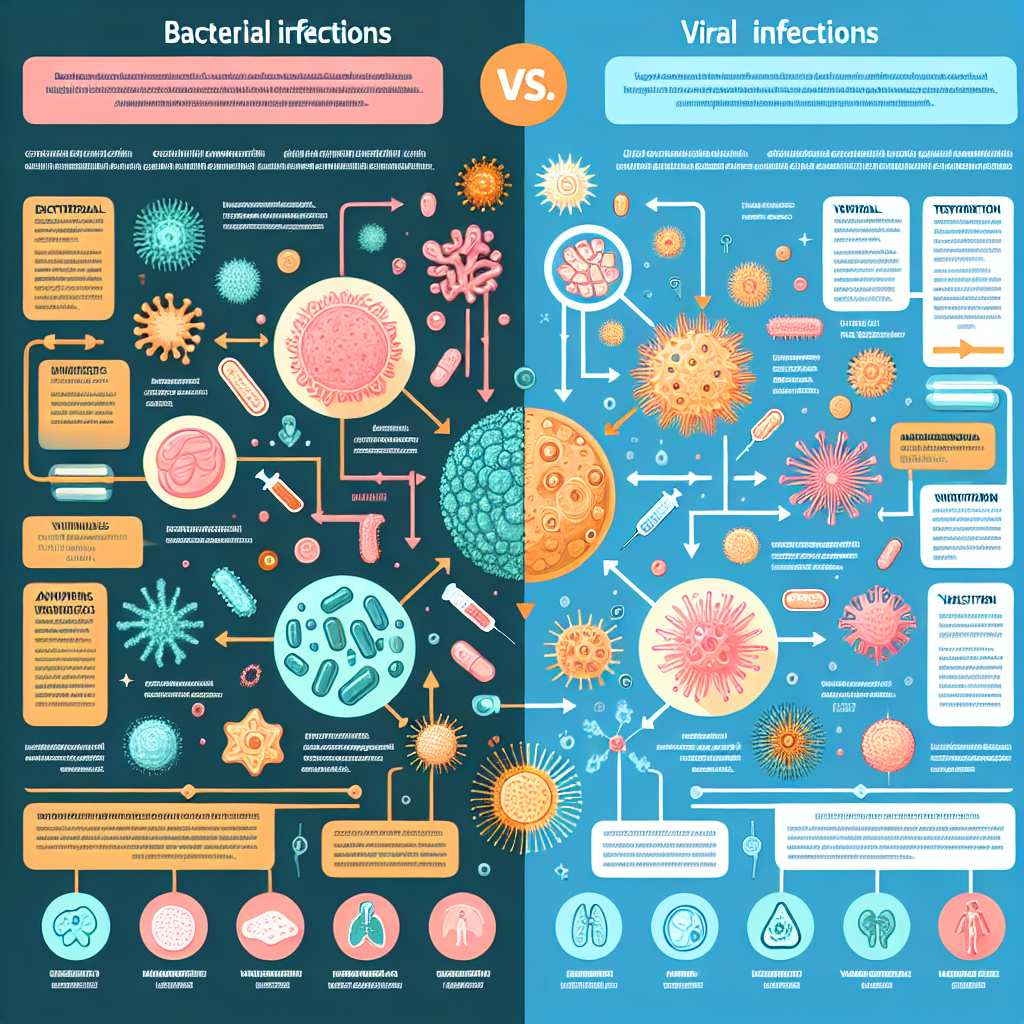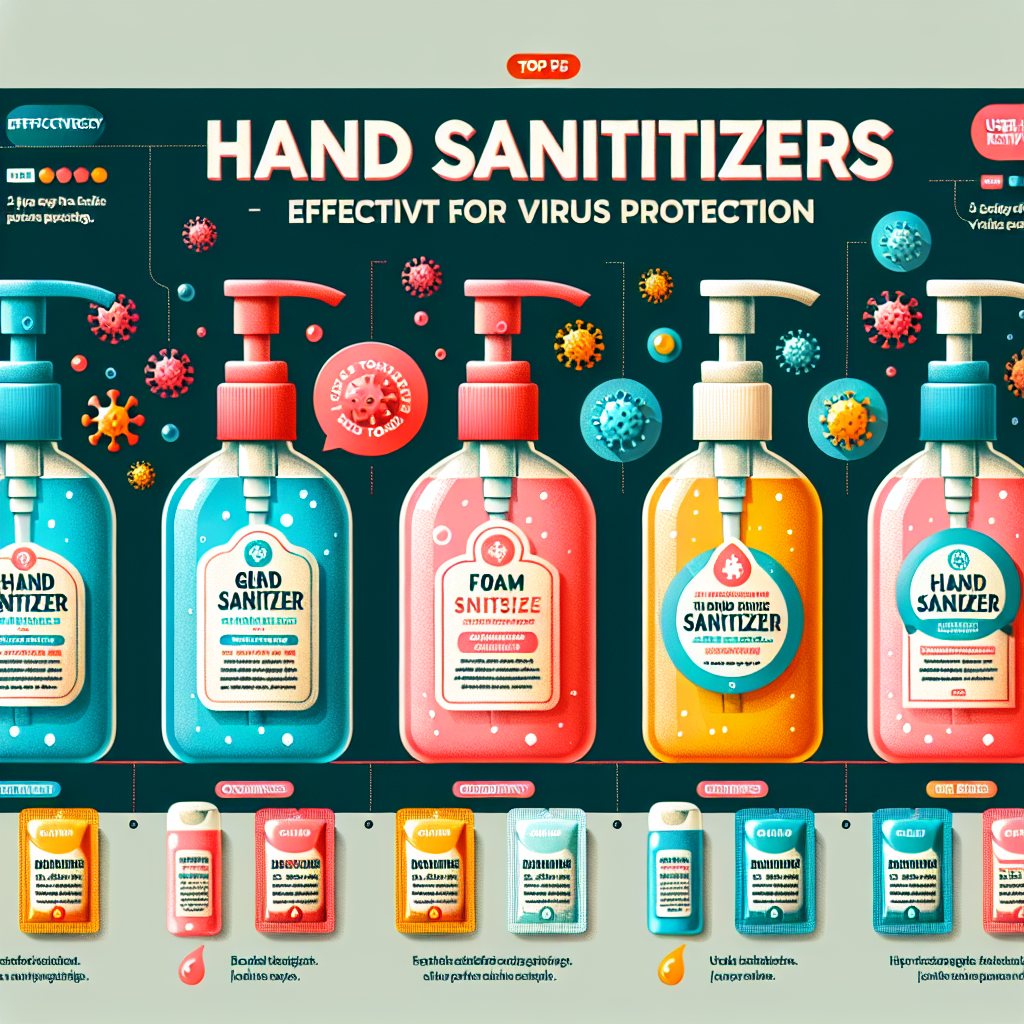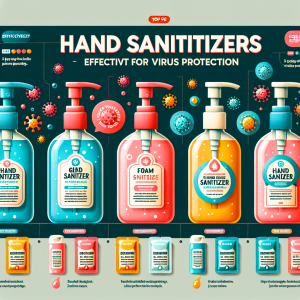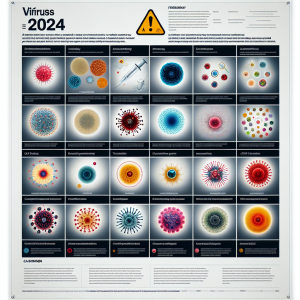Seasonal flu vaccine effectiveness
Seasonal influenza, commonly known as the flu, poses a significant public health challenge annually. Vaccination remains the most effective way to prevent flu infections, reducing hospitalizations and fatalities. Understanding the effectiveness of seasonal flu vaccines is crucial for public health officials, healthcare providers, and individuals as they make informed decisions about vaccination. This article delves into various aspects of seasonal flu vaccine effectiveness, examining metrics, influencing factors, comparative studies, and recommendations for improving vaccine uptake.
Understanding Seasonal Flu Vaccine Effectiveness Metrics
Vaccine effectiveness (VE) is a measure of how well a vaccine performs in real-world conditions, expressed as a percentage reduction in disease incidence among vaccinated individuals compared to unvaccinated individuals. For the seasonal flu vaccine, effectiveness can vary from year to year, depending on how well the vaccine strains match circulating viral strains. The World Health Organization (WHO) provides annual recommendations for the composition of the flu vaccine based on surveillance data and predictions of circulating strains, which can heavily impact effectiveness.
Studies assessing the VE typically involve observational data and randomized control trials. These studies often assess how well the vaccine prevents laboratory-confirmed influenza, severe illness, and hospitalizations. For instance, in some years, the VE has been reported to range from 10% to upwards of 60%, emphasizing the importance of annual vaccination. Furthermore, the effectiveness can differ across various demographics, such as age, underlying health conditions, and time since vaccination.
In addition to traditional VE metrics, researchers also investigate the durability of vaccine-induced immunity over time. Factors such as age and immune response may affect how long the protection lasts, with some studies indicating that older adults may experience a waning VE more rapidly than younger populations. Understanding these metrics is essential for public health messaging and developing strategies to encourage vaccination.
Factors Influencing the Efficacy of Flu Vaccines
Several factors can influence the effectiveness of seasonal flu vaccines, including the timing of vaccination, the individual’s age, and their overall health status. Timing is particularly crucial, as getting vaccinated too early or too late in the flu season may impact the immune response. Ideally, vaccination should occur before the peak flu activity, which typically happens in late fall to early winter. Health organizations recommend getting vaccinated by the end of October to ensure optimal protection.
Age is another significant factor affecting vaccine efficacy. Older adults, especially those over 65, often have weaker immune responses to vaccines, which can lead to reduced effectiveness. In response, high-dose or adjuvanted vaccines have been developed specifically for older populations to boost their immune response. Conversely, younger individuals and children generally respond better to the flu vaccine, which is why they are often encouraged to receive their annual vaccination promptly.
Underlying health conditions can also play a role in vaccine efficacy. Individuals with chronic illnesses, such as asthma or diabetes, may have a different immune response compared to healthy individuals, potentially leading to varied vaccine effectiveness. Research indicates that individuals with compromised immune systems may not produce as robust an antibody response, underscoring the importance of tailored vaccination strategies for at-risk groups. For more information on how flu vaccines work, check the CDC’s resources on vaccine safety.
Comparative Studies on Vaccine Performance by Strain
Researchers continuously conduct comparative studies to assess the effectiveness of flu vaccines against different strains of the virus. Seasonal flu vaccines typically target three to four viral strains, which are adjusted yearly based on surveillance data. Some studies have revealed that vaccine effectiveness can vary significantly depending on the circulating strain, particularly between influenza A (H3N2) and influenza B strains.
For example, a study published in the journal "Vaccine" found that the vaccine’s effectiveness against H3N2 was lower than that against H1N1 and influenza B strains in some seasons. Variability in effectiveness can be attributed to the antigenic differences between the strains used in the vaccine and the circulating viruses. This underscores the importance of ongoing surveillance and research to ensure that vaccines remain effective against the most prevalent strains.
Moreover, comparative studies often analyze the impact of genetic drift in influenza viruses, which can alter the antigenic properties of the strains. As the virus mutates, it may evade the immune response generated by previous vaccinations or infections. This continual evolution of the virus necessitates regular updates to vaccine formulations and highlights the importance of annual vaccination to protect against the most current strains.
Recommendations for Optimizing Flu Vaccine Uptake
To enhance seasonal flu vaccine uptake, public health officials must focus on effective communication strategies that address common misconceptions and promote the benefits of vaccination. Educating the public about the vaccine’s role in preventing illness and protecting vulnerable populations can incentivize individuals to get vaccinated. Campaigns that target low-uptake communities can help break down barriers to vaccination, fostering a more informed populace.
Additionally, improving access to flu vaccination is crucial. Implementing vaccination programs in schools, workplaces, and community centers can increase convenience and encourage higher participation rates. Offering free or low-cost vaccines can also remove financial barriers and facilitate vaccination for underserved populations. Programs like "flu shot clinics" and partnerships with local healthcare providers can significantly boost vaccination rates.
Finally, healthcare providers play a pivotal role in encouraging vaccine uptake. Clinicians should proactively discuss the flu vaccine with patients and address any concerns, including side effects and misconceptions about vaccine safety. Providing culturally competent care and tailored recommendations based on an individual’s health status can enhance trust and willingness to receive the vaccine. For more guidance on healthcare provider involvement, refer to WHO’s recommendations on immunization.
In conclusion, understanding seasonal flu vaccine effectiveness is essential for minimizing the impact of influenza on public health. Factors influencing efficacy vary widely, including timing, age, and health status. Comparative studies have shown significant variability in vaccine performance across different strains, emphasizing the need for continuous surveillance and research. By implementing effective communication strategies, improving access, and engaging healthcare providers, we can enhance vaccine uptake and better protect communities against seasonal influenza. Continuous efforts in public health education and vaccination advocacy can lead to a healthier population and reduced flu-related morbidity and mortality.
Top hand sanitizers for virus protectionLatest research on virus transmissionHow to improve indoor air quality against virusesRelevant LinkRelevant LinkRelevant Link













